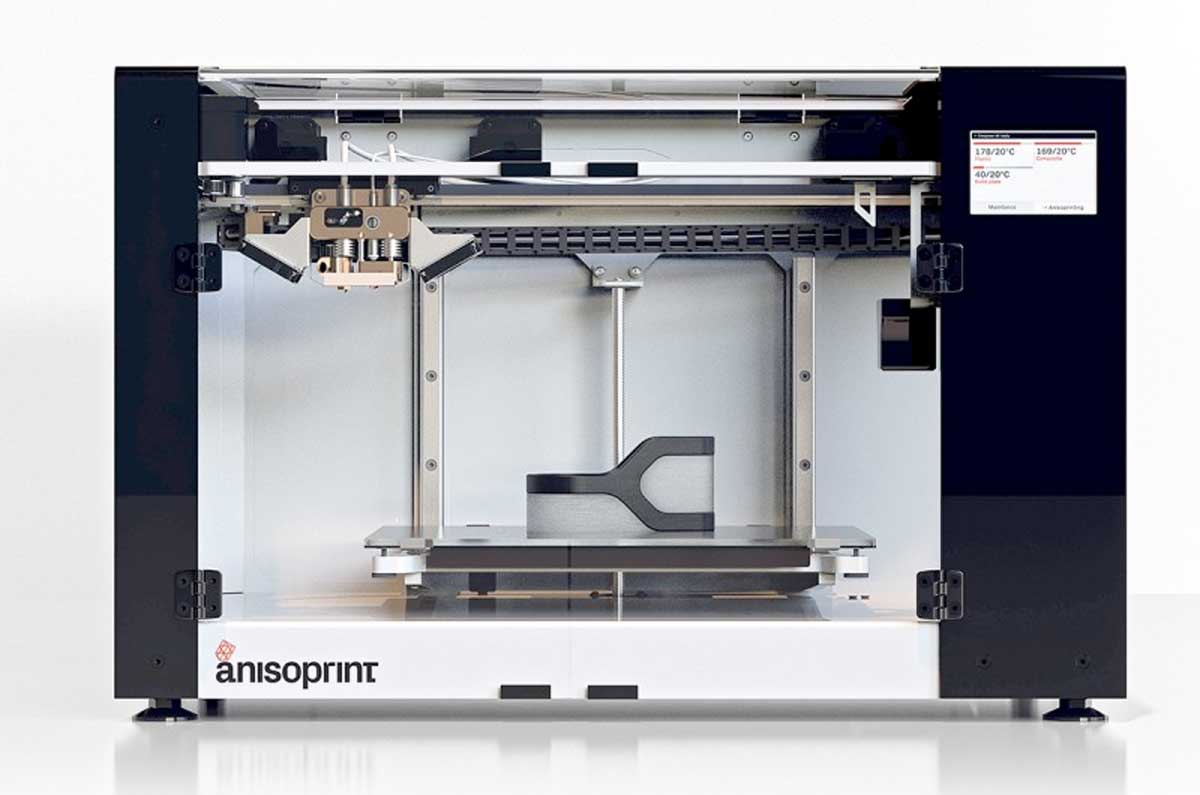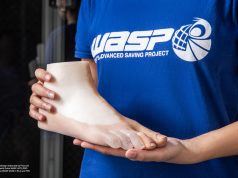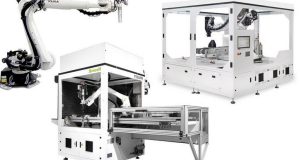Imagine you want to optimize your warehouse and choose the parts-on-demand principle. You don´t really have space for these containers with thousands of parts from far-away countries. As a start-up you may not even have enough money for that container! And what if tomorrow you need to modify a part? You want your part as soon as you need it. Why not 3D print it? Are you skeptical?
What would you say if these 3D printed parts
- are as strong as steel
- are 7 times lighter than steel
- don’t corrode
- have noticeably shorter lead time?
Here´s a story for you:
Mobility, maneuverability, stability and lightweight – that’s what a wheelchair-user expects from his or her wheelchair. UNA wheel, a start-up from Moscow, invented a unique electric motor, that converts any wheelchair into a self-propelled device within 30 seconds, giving extra mobility to its users. The electric motor is attached to a wheelchair with a load-bearing fixture which needs to be extremely stable and lightweight at the same time for more maneuverability.
The conventional way to acquire such a fixture is by means of laser cutting and welding of a steel tube. However, it’s quite expensive to order customized products in small quantities. As a start-up you
don’t need a container full of tubes. And what if tomorrow you need to modify a part? Without customs clearance and with some luck, the shortest lead time you can achieve is 48 hours.
The founder of UNA wheel, Nikolay Yudin, decided to manufacture individual functional parts on his own production site. He was quite sure that the 3D printing of the fixture would take less than 48 hours. But he was a bit skeptical concerning the achieved properties of the 3D printed parts – strength and durability.
First it was agreed to print the electric motor fixture on an FDM printer by using a high-performance plastic. The part took 4 hours to 3D print and turned out to be 5 times lighter and having low production costs. Unfortunately, the fixture failed the stress test and broke after first few minutes of usage.
The solution was found by printing the load-bearing fixture with the Composer A4 – a 3D printer made by the company Anisoprint.
What is a Composer?
Composer is a 3D printer capable of printing with high-strength composite materials. It has two nozzles: first nozzle prints common plastic filaments and is used for printing parts of the model, which do not require strength, while second one uses both plastic and special reinforcing fiber, continuously coating the fiber in the polymer. Being reinforced, the plastic in the nozzle becomes a composite with superior mechanical properties.
Strength
UNA Wheel chose 3D printing with Anisoprint Composer using a commonly known PETG filament and reinforced it with the continuous carbon fiber. After only 4 hours of printing the fixture turned out to be as strong as steel. Overall structural strength was confirmed by tests under critical loads.
The UNA Wheel motor was tested facing everyday urban obstacles – curbstone and cobblestone roads, off-road conditions, tram track crossings, etc. The printed fixture withstood 117 kg dynamic load,
surpassing the load bearing of steel structures. One more positive characteristics of the composite is its non-corrosiveness.
Light weight
UNA Wheel boasts having the lightest power add-on on the market. So, the fixture’s weight was a very important factor for the company. The 3D printed fixture came out to be 7 times lighter than steel.
“The Anisoprint Composer prints unique parts! 7.3 times lighter while even enhancing its structural strength. Later we want to try 3D printing larger parts combined with Nylon,” reveals Nikolay Yudin.
Anisoprint enabled UNA Wheel production of small-batch fixtures on its site. The strong, light, durable and functional fixture, 3D printed within 4 hours, has fully replaced the traditional metal part.
Reinforcement of the common materials with the continuous carbon fibre is a unique 3D printing technology. And there are many more applications to it, be it automotive, aerospace or other industries,
where strength and light weight are crucial factors.
Subscribe to our Newsletter
3DPResso is a weekly newsletter that links to the most exciting global stories from the 3D printing and additive manufacturing industry.
























